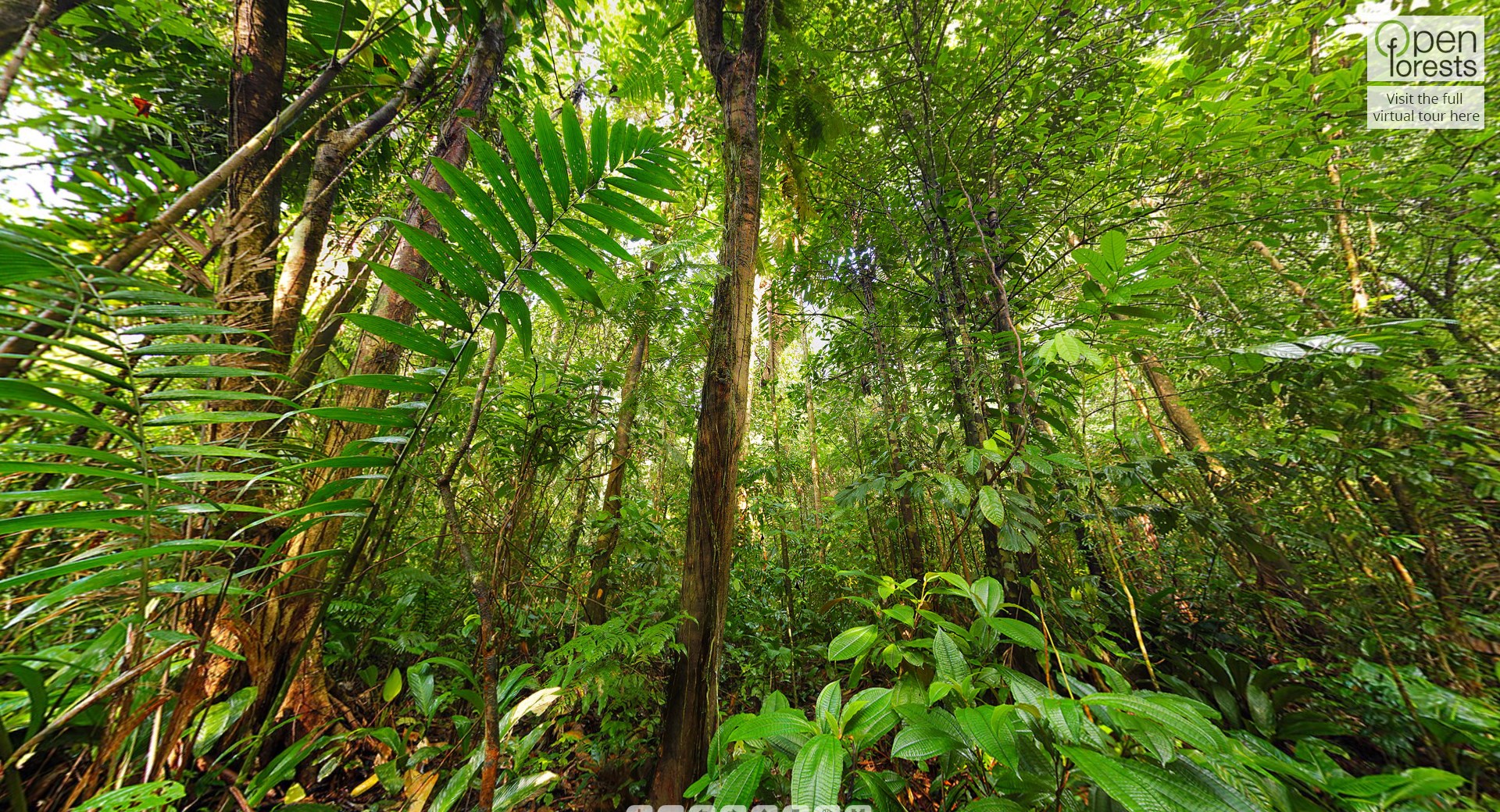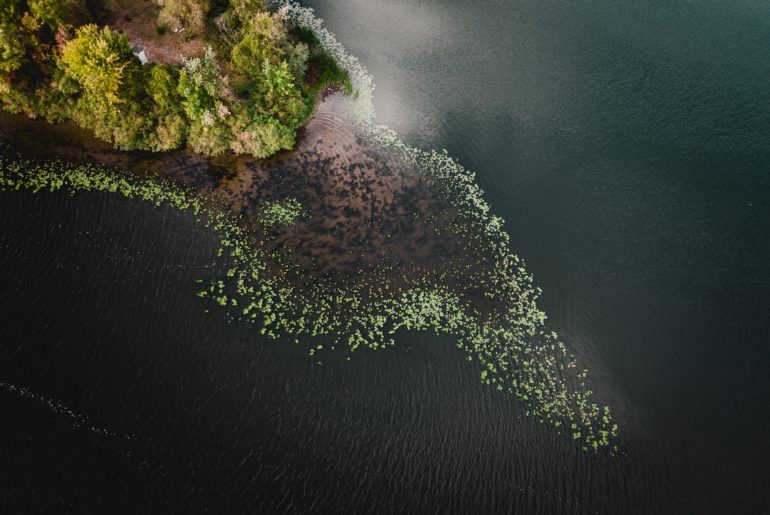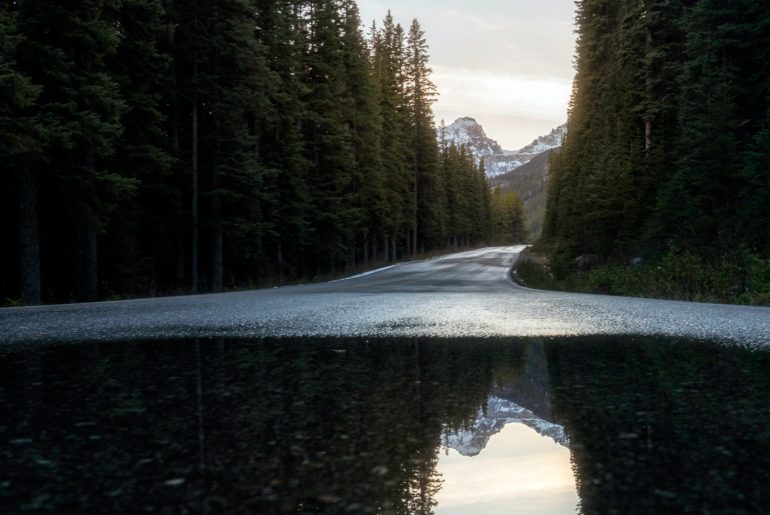According to Project Drawdown, since humans began farming, the number of trees on earth has fallen by 46 percent. Carbon emissions from deforestation and associated land-use change are estimated to be 10 to 15 percent of the world’s total.
Natural forest ecosystems, forest restoration, and sustainable land-use types that incorporate trees are some of the most effective ways to reach climate goals. The following list derived from the Table of Solutions of Project Drawdown shows the carbon sequestration potential that forest and tree-based ecosystems can have in order to contribute to the goal of reducing heat-trapping gases and keep the temperature below 1.5 (Scenario 1) – 2.0°C (Scenario 2) by 2100.
The following list shows the forest-based solutions and their potential for sequestering Gigatons CO2 Equivalent (GtCO2e) between 2020 – 2050 to reach the climate goals.
| Solution | Scenario 1 Temperatures below 2°C (GtCO2e) | Scenario 2 Temperature below 1.5°C (GtCO2e) |
| Tropical Forest Restoration | 54.45 | 85.14 |
| Silvopasture | 26.58 | 42.31 |
| Peatland Protection and Rewetting | 26.03 | 41.93 |
| Tree Plantations (on Degraded Land) | 22.24 | 35.94 |
| Temperate Forest Restoration | 19.42 | 27.85 |
| Tree Intercropping | 15.03 | 24.40 |
| Abandoned Farmland Restoration | 12.48 | 20.32 |
| Multistrata Agroforestry | 11.30 | 20.40 |
| Indigenous Peoples’ Forest Tenure | 8.69 | 12.93 |
| Forest Protection | 5.52 | 8.75 |
| Total sequestration potential of forest-based ecosystems | 201.74 | 319,97 |
| Non-forest Sequestration potential of all sequestration solutions | 997.17 | 1,576.47 |
The total forest-based long-term carbon sequestration potential for the ambition to reach the climate goals (keeping temperatures increase below 1.5 – 2.0°C) is 997 – 1,576 GtCO2e. From the total portfolio of solutions presented by Project Drawdown, forest-based ecosystems can contribute 20% of the total necessary sequestration to reach the climate targets.




